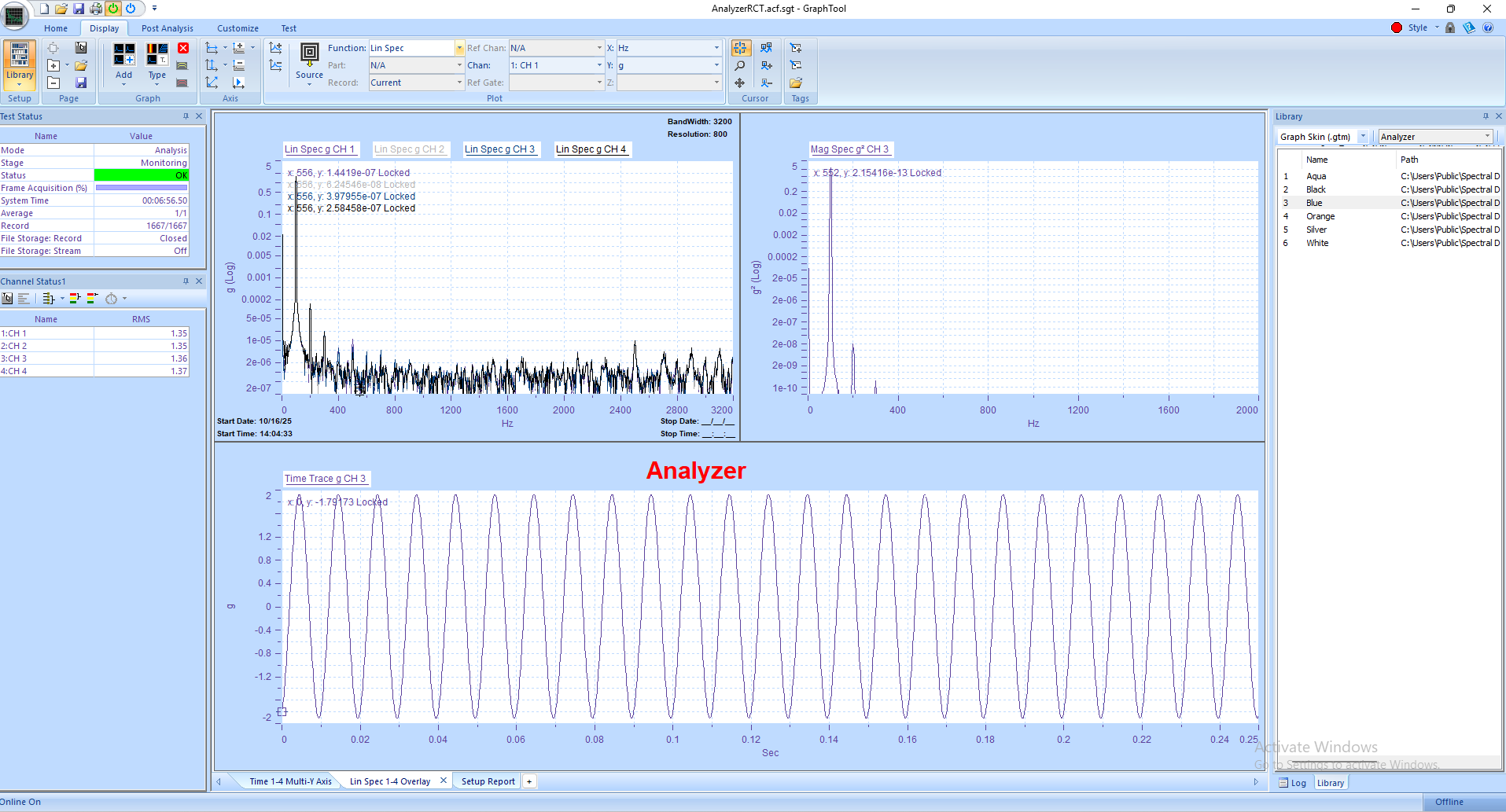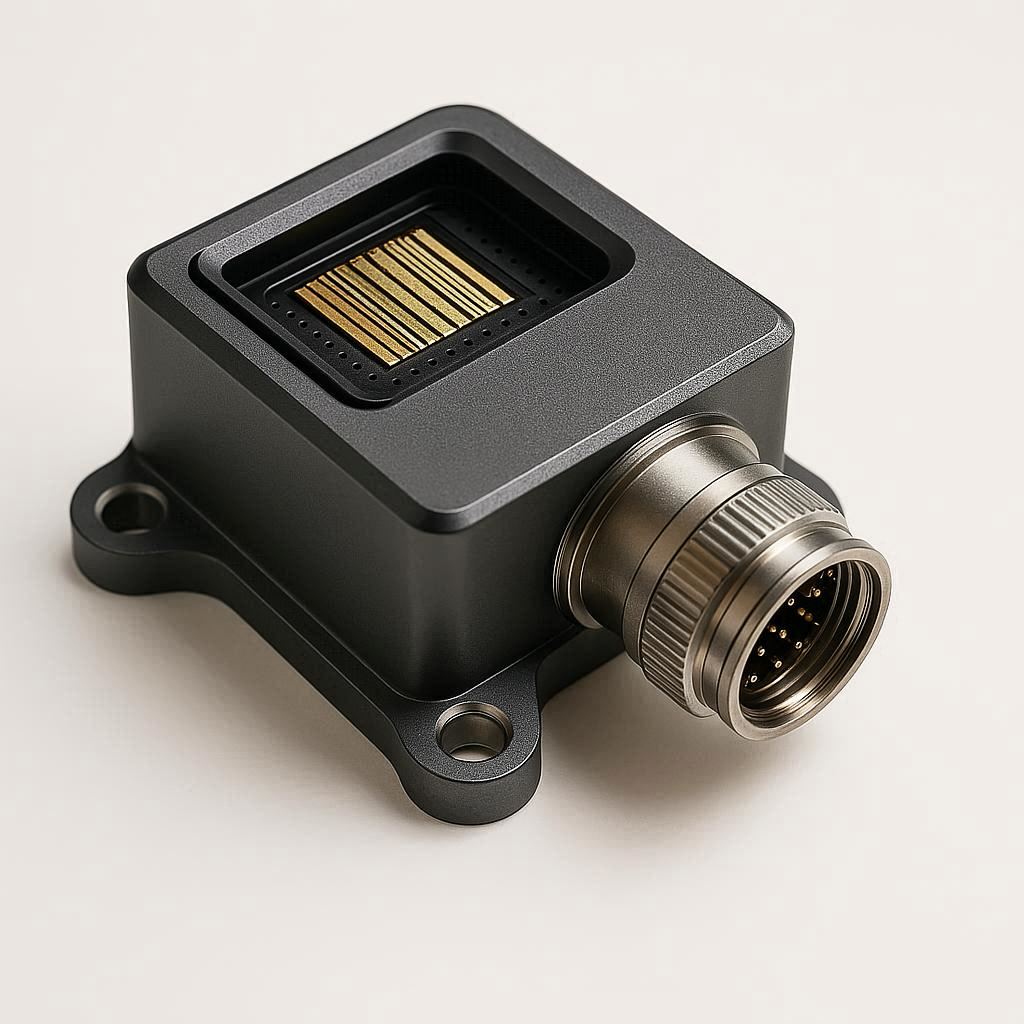Analyzer

Panther Analyzer extends the power of Spectral Dynamics' next-generation Panther platform with...
 TEDS stands for Transducer Electronic Data Sheet. It's a technology that allows sensors to store their calibration data and other information directly on the sensor itself. Panther does support TEDS, and it's important because it helps ensure accurate measurements by providing real-time calibration data and simplifying sensor setup.
TEDS stands for Transducer Electronic Data Sheet. It's a technology that allows sensors to store their calibration data and other information directly on the sensor itself. Panther does support TEDS, and it's important because it helps ensure accurate measurements by providing real-time calibration data and simplifying sensor setup.
The advantages of IEEE 1451.4 TEDS include plug-and-play functionality, which automates sensor setup and reduces errors by storing configuration data directly on the sensor. This leads to time and cost savings, increased data integrity, and enhanced reliability and repeatability in measurements. TEDS sensors are also interoperable, allowing sensors from different manufacturers to work with compatible TEDS systems, and they can be used with legacy equipment through a "virtual TEDS" file.
Key advantages of IEEE 1451.4 TEDS
• Plug-and-play: Sensors automatically identify themselves and load their configuration data to a data acquisition system, eliminating manual entry and setup time.
• Reduced errors: By eliminating manual data entry, the risk of configuring the wrong sensor or entering incorrect calibration values is significantly lowered.
• Increased efficiency: Setup is faster, which reduces costs associated with testing, particularly in multi-channel systems where the advantage of TEDS grows with the number of channels.
• Improved data integrity: Automatic data transfer ensures accuracy and eliminates configuration errors, leading to more reliable and repeatable test results.
• Interoperability: The standard ensures that TEDS sensors from different manufacturers can be used with any TEDS-compatible data acquisition system, thanks to its standardized data format.
• Calibration traceability: Calibration records can be stored directly on the sensor, providing full calibration traceability and simplifying compliance with quality standards.
• Flexibility for legacy systems: Spectral Dynamics “Transducer Database” is a "virtual TEDS" concept that allows for the benefits of TEDS to be extended to older, non-TEDS sensors by using a separate data file.
• Simplified inventory and management: TEDS can help identify the location of sensors and improves inventory control, making it easier to manage sensors.